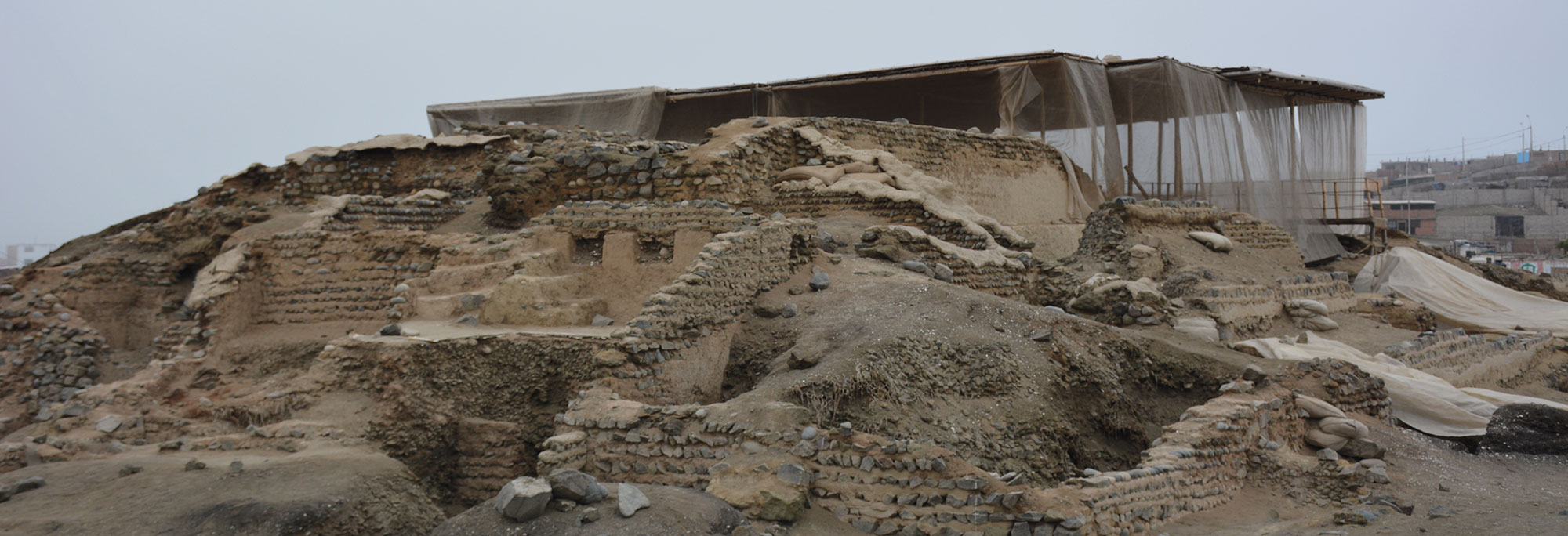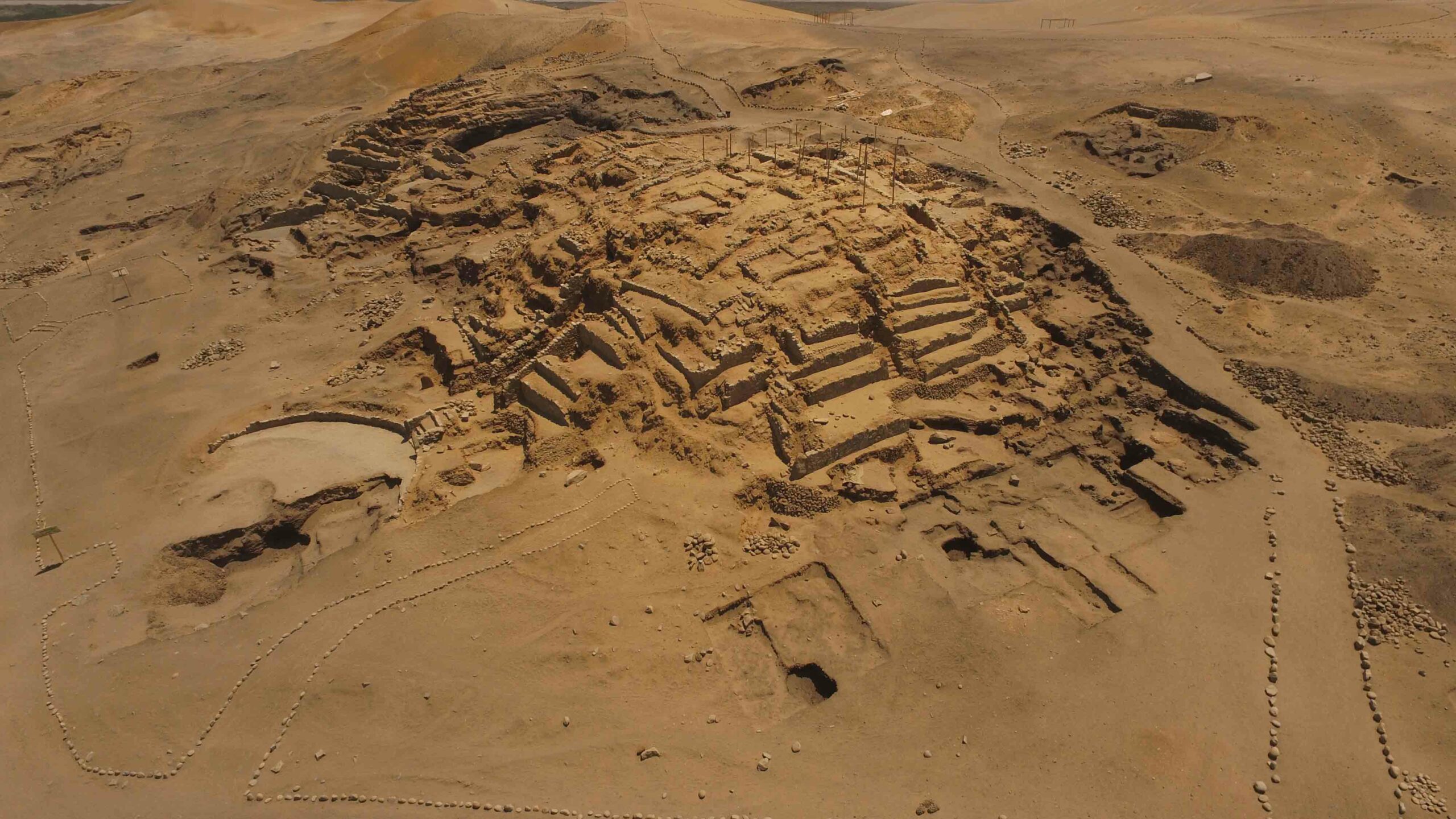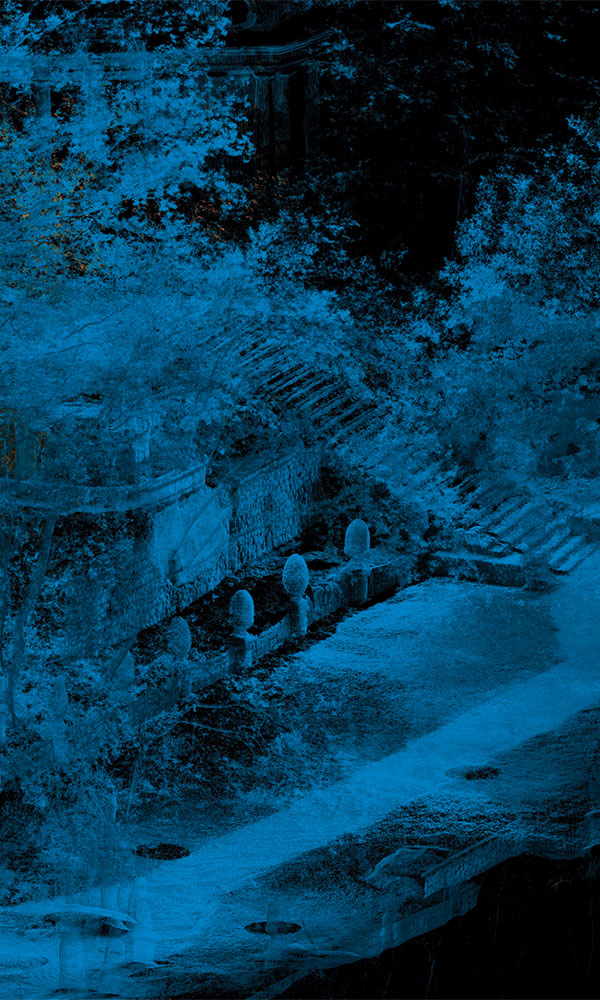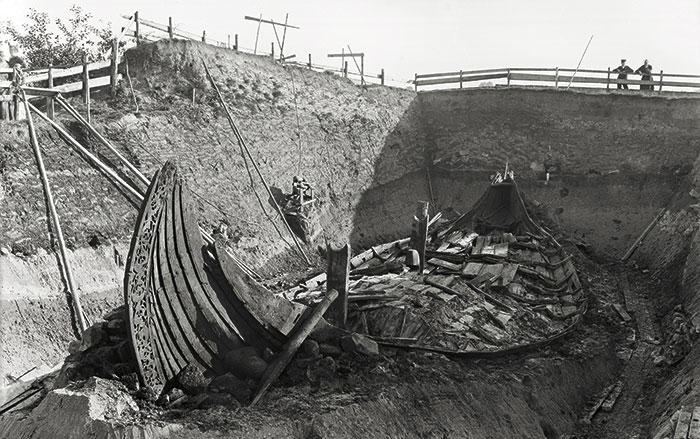
Along the rocky coastal bluffs overlooking the Pacific Ocean in northern Peru, a series of clay reliefs depicting humans and human-animal hybrids decorates the walls of the site of Vichama. Likely an ancient agricultural and fishing community, Vichama was inhabited by members of the Caral civilization between roughly 1800 and 1500 b.c. “Vichama existed within the ancient coastal traditions of this area,” says archaeologist Lisa Trever of Columbia University. The people of Vichama were expert weavers, producing items including clothing and fishing nets from reeds. The site’s name comes from an Inca myth that tells the story of a deity named Vichama who turns humans into rocks and islands. The Inca Empire ruled the area along with much of South America’s Pacific Coast from the fourteenth to sixteenth centuries.
A team led by archaeologist Ruth Shady Solís of the National University of San Marcos, director of the Caral Archaeological project, began excavating the site’s 16 mounds in 2007. They identified five pyramidal structures, which likely served religious and administrative purposes, interspersed with smaller residential buildings. The archaeologists also uncovered mussel shells, musical instruments, animal remains, and figurines made from unfired clay. Facades of some of the site’s structures bear painted reliefs made of clay and grass that depict part-human, part-amphibian beings. “These strange, uncanny creatures are really unusual,” says Trever. “In one, a frog seems to be coming out of the stone with cartoonlike hands. There’s nothing else like that.” The creators of the reliefs emphasized bodies that are often emaciated. Shady Solís believes that, given the skeletal appearance of the figures, the reliefs may have been made following a period of drought. Frogs, she thinks, represent water in Andean religions, and the one at Vichama lies below a possible representation of a lightning bolt, suggesting the relief may have been related to a rain ritual.

THE SITE
Vichama is nearly 100 miles north of the capital city of Lima, in the Végueta District of Peru’s Huaura Province. It is the first monumental archaeological site to have been excavated in the district and is located within a sprawling ecological reserve near wetlands that are home to a variety of bird and fish species, as well as reeds used for weaving baskets. Although road-savvy visitors can rent a car, Trever suggests booking with a tour company and asking to detour from well-trodden routes to stop at Vichama and experience the reliefs in person.
WHILE YOU’RE THERE
During the two-to-three-hour drive from Lima on the Pan-American Highway, you’ll pass farms and a stretch of northern Peru’s stunning beaches dotted with the occasional restaurant. Visitors can glimpse dramatic cliffs and turquoise waters. Try to leave early and make a pit stop in Chancay, roughly halfway to Vichama. There, you can dine at Lomas Delpino, which, according to Trever, is a classic roadside restaurant. Vichama lies an hour from the inland site of Caral. This monumental complex dates to some 5,000 years ago and has been called the first city in the Americas.













